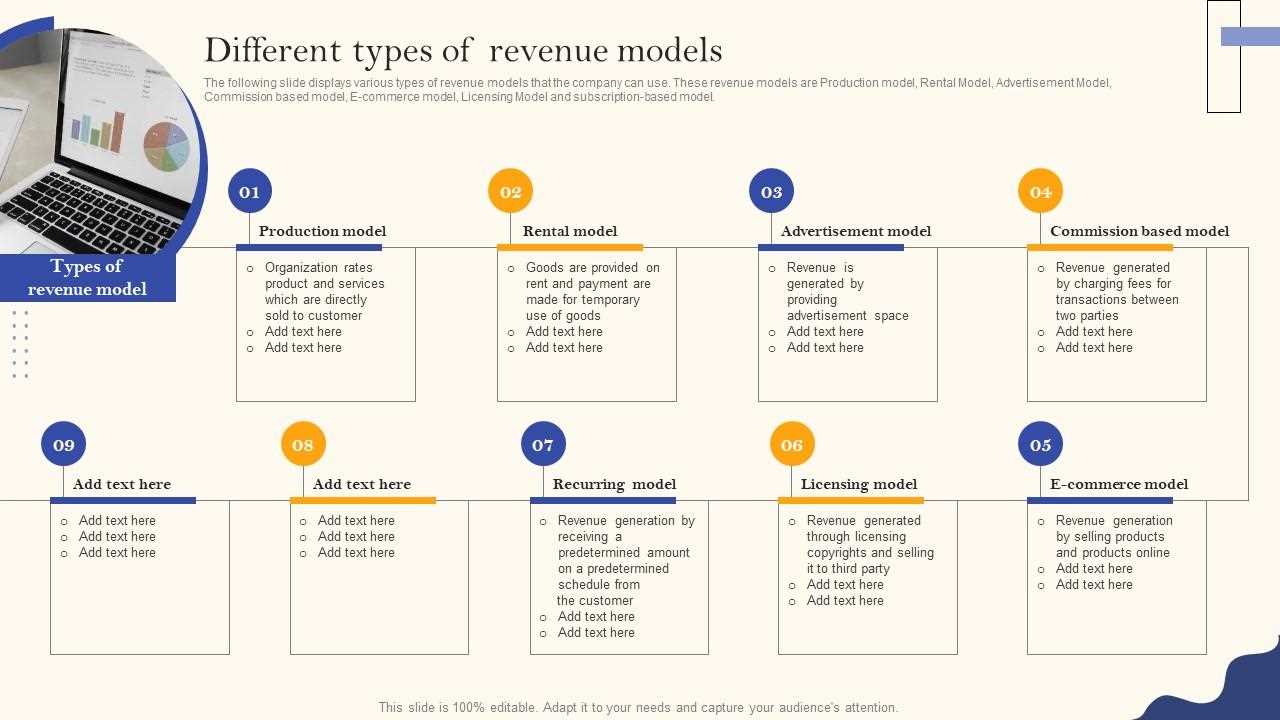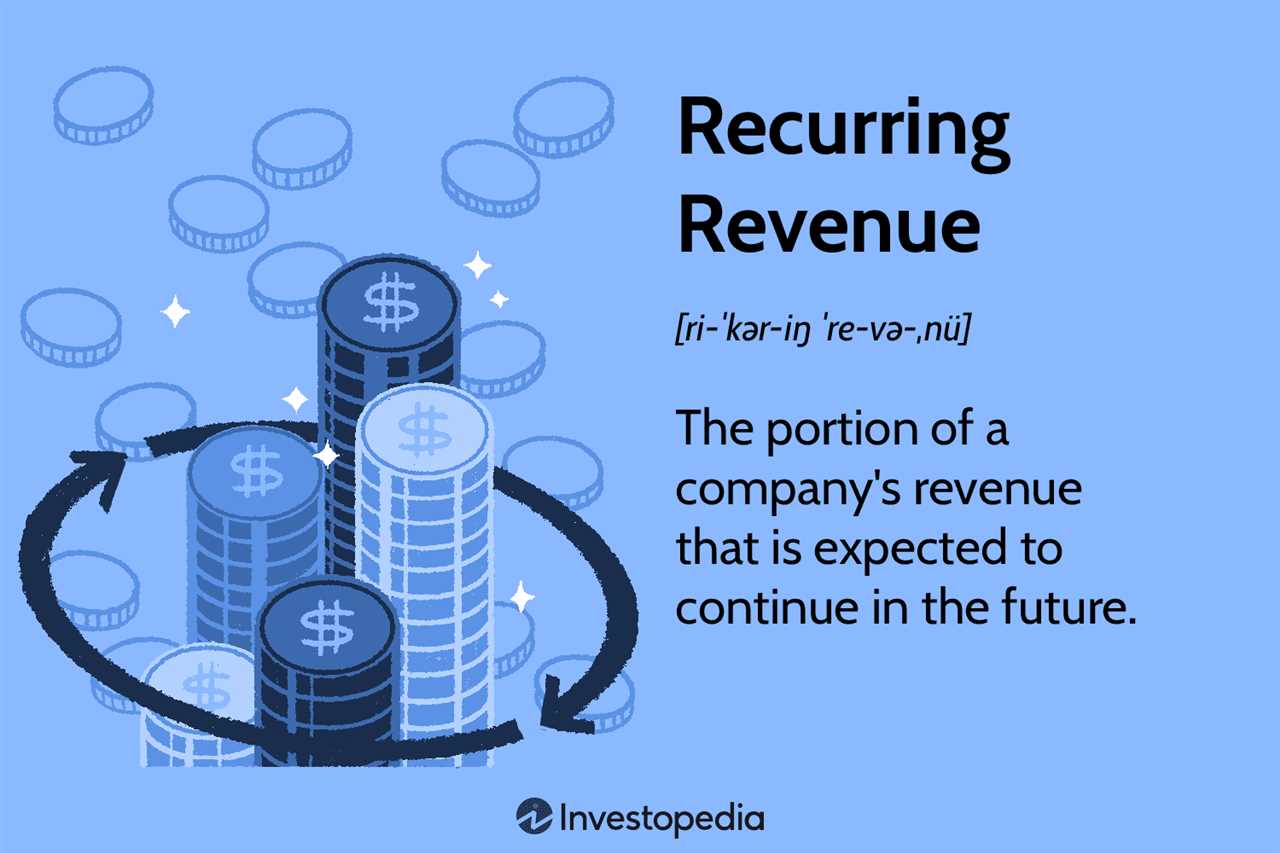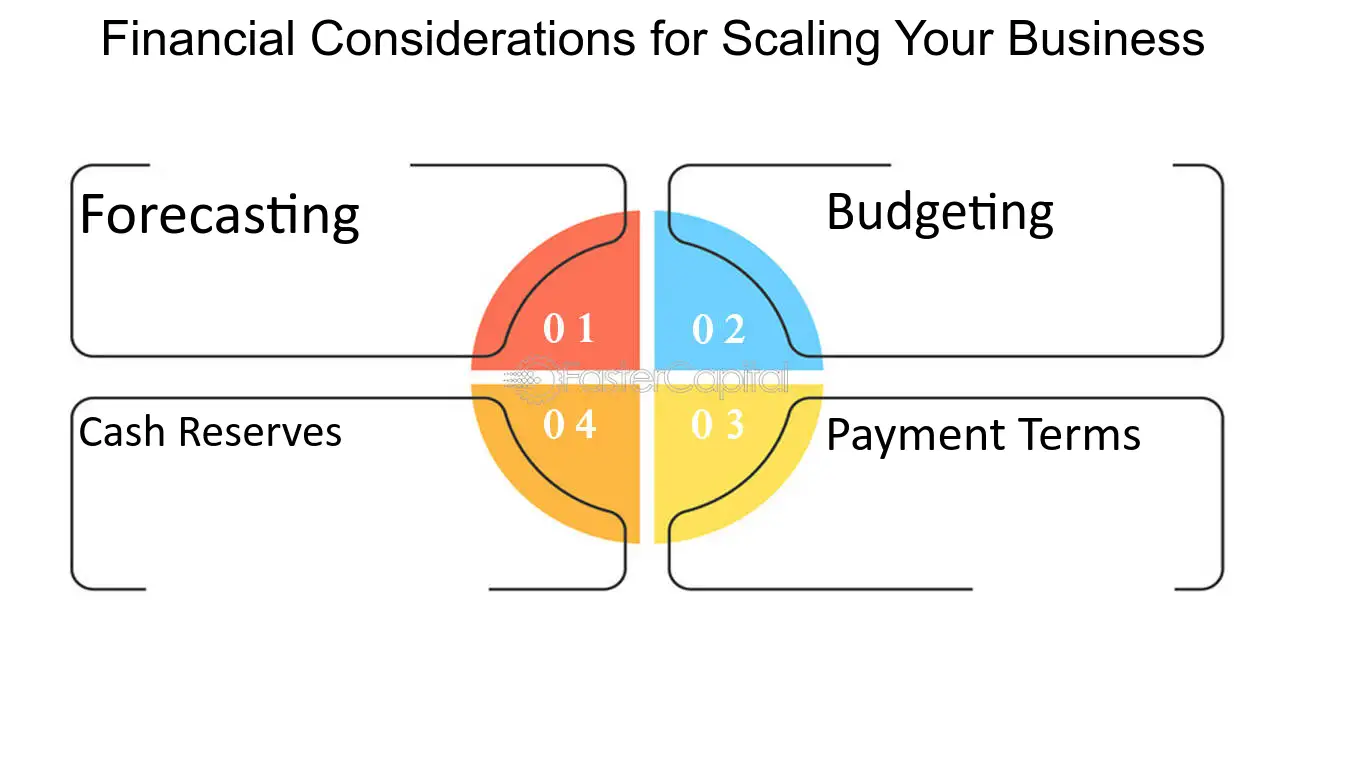Recurring Revenue Types

Recurring revenue is a crucial aspect of corporate finance, as it provides a stable and predictable income stream for businesses. There are various types of recurring revenue that companies can generate, each with its own considerations and benefits.
Here are some of the most common recurring revenue types:
- Subscription Model: This revenue model involves customers paying a regular fee in exchange for access to a product or service. Subscriptions can be offered on a monthly, quarterly, or annual basis, providing a steady income stream for businesses. One of the key considerations for companies using a subscription model is customer retention, as maintaining a high subscription renewal rate is essential for long-term success.
- Licensing Fees: Companies that develop intellectual property, such as software or patents, can generate recurring revenue through licensing fees. By granting other businesses the right to use their intellectual property for a fee, companies can earn regular income without the need for ongoing development or production costs. However, it is important for businesses to carefully manage their licensing agreements and protect their intellectual property rights.
- Service Contracts: Service-based businesses often rely on service contracts to generate recurring revenue. These contracts typically involve providing ongoing services to clients for a fixed period of time, such as maintenance or support services. By securing long-term contracts, businesses can ensure a steady flow of revenue and build strong relationships with their clients.
Subscription Model
The subscription model is a type of recurring revenue model where customers pay a regular fee to access a product or service over a specified period of time. This model has become increasingly popular in recent years, particularly with the rise of digital services and software-as-a-service (SaaS) companies.
Under the subscription model, customers typically sign up for a specific duration, such as monthly or annually, and pay a recurring fee for continued access to the product or service. This fee can be fixed or variable, depending on the pricing structure set by the company.
One of the key advantages of the subscription model is its ability to provide a predictable and stable revenue stream for businesses. By securing a base of recurring customers, companies can better forecast their future revenue and plan for growth. This can be particularly beneficial for startups and smaller businesses that may struggle with cash flow.
Additionally, the subscription model often allows companies to build stronger relationships with their customers. By offering ongoing access to a product or service, companies can foster loyalty and engagement, leading to higher customer retention rates. This can result in increased customer lifetime value and a lower customer acquisition cost.
Furthermore, the subscription model provides opportunities for upselling and cross-selling. Once customers are subscribed to a product or service, companies can offer additional features or upgrades at an additional cost. This can help increase revenue per customer and drive profitability.
However, it is important for companies to carefully consider the pricing and value proposition of their subscription offering. Customers are increasingly selective about the subscriptions they sign up for, and competition in the market is fierce. Companies must ensure that their pricing is competitive and that they are delivering sufficient value to justify the recurring fee.
Licensing Fees

Licensing fees are a type of recurring revenue that companies can generate by granting others the right to use their intellectual property or technology. This revenue model is commonly used in industries such as software, music, and film.
When a company licenses its intellectual property, it allows another company or individual to use its patented technology, copyrighted material, or trademarked brand for a specified period of time and under certain conditions. In return, the licensee pays a licensing fee to the licensor.
One advantage of licensing fees is that they provide a steady stream of revenue for the licensor. Unlike one-time sales, licensing agreements can generate consistent income over an extended period of time, especially if the intellectual property is in high demand.
Furthermore, licensing fees can be a profitable revenue source for companies with valuable intellectual property. By licensing their technology or brand, companies can leverage their assets without having to invest in manufacturing, distribution, or marketing. This allows them to focus on their core competencies while earning revenue from licensing agreements.
However, there are also potential risks and challenges associated with licensing fees. For example, if the licensed technology becomes outdated or loses its market appeal, the licensor may experience a decline in licensing revenue. Additionally, there is always the risk of intellectual property infringement or unauthorized use, which can undermine the value of the licensed assets.
Service Contracts
A service contract is a type of recurring revenue model that involves providing ongoing services to customers in exchange for regular payments. This model is commonly used in industries such as software development, consulting, and maintenance services.
Service contracts are typically structured as long-term agreements between the service provider and the customer. The terms of the contract outline the scope of services to be provided, the duration of the contract, and the payment terms.
Benefits of Service Contracts
Service contracts offer several benefits for both the service provider and the customer:
- Enhanced Customer Support: Service contracts often include provisions for ongoing customer support, ensuring that customers receive timely assistance and troubleshooting.
- Opportunity for Upselling: Service contracts provide an opportunity for service providers to upsell additional services or upgrades to their customers, increasing their revenue potential.
Considerations for Service Contracts

When implementing a service contract model, there are several considerations that service providers should keep in mind:
- Flexible Payment Terms: Offering flexible payment terms, such as monthly or annual payments, can make the service contract more attractive to customers.
- Effective Communication: Maintaining open and effective communication with customers throughout the duration of the service contract is crucial to ensure customer satisfaction.
- Renewal and Termination: The contract should outline the procedures for contract renewal or termination, including any notice periods or penalties.
Usage-based Pricing
Usage-based pricing is a recurring revenue model that charges customers based on their usage or consumption of a product or service. This type of pricing is commonly used in industries such as telecommunications, cloud computing, and utilities.
With usage-based pricing, customers are billed according to the amount or volume of the product or service they use. This can be measured in various ways, depending on the nature of the offering. For example, in the telecommunications industry, customers may be charged based on the number of minutes they spend on phone calls or the amount of data they consume.
There are several advantages to using usage-based pricing. Firstly, it allows customers to pay for only what they use, which can be more cost-effective for them. This flexibility can be particularly appealing to customers who have fluctuating or unpredictable usage patterns.
Secondly, usage-based pricing can incentivize customers to use the product or service more efficiently. When customers are aware that they will be charged based on their usage, they may be more conscious of their consumption and make efforts to minimize waste.
However, there are also some challenges and considerations associated with usage-based pricing. One challenge is determining the appropriate pricing structure and rates. Companies need to strike a balance between charging enough to cover their costs and generating profit, while also remaining competitive in the market.
Another consideration is the potential for revenue volatility. Since usage-based pricing is dependent on customer usage, revenue can fluctuate from month to month or seasonally. Companies need to carefully manage their cash flow and plan for potential revenue fluctuations.
Overall, usage-based pricing can be an effective recurring revenue model for companies in certain industries. It allows for flexibility and cost-effectiveness for customers, while also providing opportunities for companies to optimize revenue and incentivize efficient usage.

Emily Bibb simplifies finance through bestselling books and articles, bridging complex concepts for everyday understanding. Engaging audiences via social media, she shares insights for financial success. Active in seminars and philanthropy, Bibb aims to create a more financially informed society, driven by her passion for empowering others.
